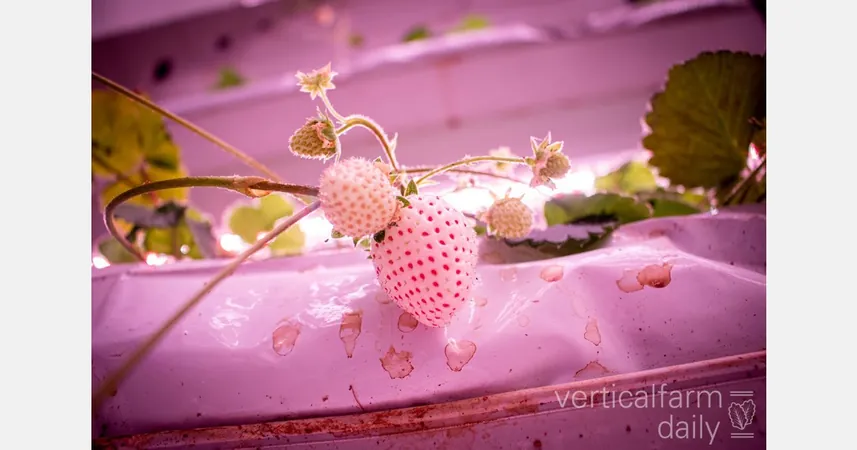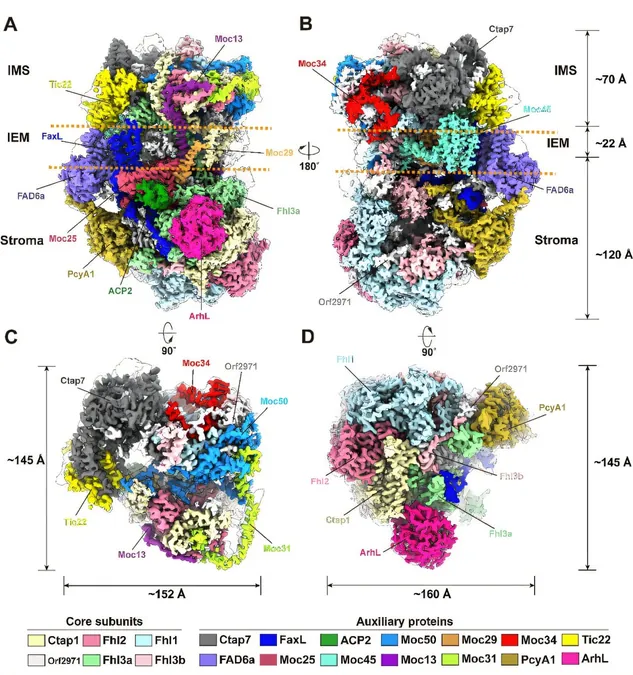
Unlocking the Secrets of Strawberries: A New Study Sheds Light on Their Evolutionary Journey!
2024-11-15
Author: Jacob
Introduction
Strawberries have long captured our hearts and taste buds, playing a crucial role in the global agricultural market. Yet, the complex genetic landscape of octoploid strawberries—sprouting from the hybridization of various diploid ancestors—has rendered genetic research and enhancement efforts incredibly challenging. To harness their vast genetic diversity while combatting issues like disease vulnerability, researchers stress the need for a high-quality, complete genome.
Groundbreaking Genome Assembly
On November 27, 2023, a team from the Zhengzhou Fruit Research Institute of the Chinese Academy of Agricultural Sciences made a groundbreaking announcement in the journal Horticulture Research. They published a comprehensive genome assembly for the esteemed 'Benihoppe' strawberry, marking a monumental leap forward in the genetic understanding of this beloved fruit.
Revolutionizing Genetic Investigation
This new genome assembly unveils a phased, gap-free structure for each subgenome (A, B, C, and D) of the strawberry, providing an invaluable resource for future research. The findings promise to revolutionize the genetic investigation of strawberries, opening doors to studies focused on key traits like disease resistance, flavor profiles, and the ripening process.
Insights into Subgenome A
Diving deeper into the study, researchers discovered that subgenome A, which shares close ties with Fragaria vesca, holds the crown in the octoploid strawberry. Not only does it host the highest gene count, but it also displays fewer transposable elements and exhibits lower DNA methylation levels. This subgenome’s unique characteristics correlate strongly with heightened expression levels linked to fruit ripening, suggesting it plays a pivotal role in the fruit's juicy sweetness and delightful aroma.
Understanding Other Subgenomes
Conversely, the other subgenomes—B, C, and D—exhibit distinct structural differences and varying methylation patterns, particularly in areas surrounding transposable elements that neighbor vital genes. The discrepancies hint at a mosaic of evolution, whereby subgenomes B, C, and D have adapted in parallel, while subgenome A thrives, shaped by strong purifying selection.
Implications for Strawberry Enthusiasts
What does this mean for strawberry enthusiasts and cultivators alike? The insights gleaned from this research could lead to the development of strawberries that are not only more resistant to diseases but also enhanced in taste and quality. As consumers become increasingly discerning, the agriculture world is keen on leveraging scientific advancements to bring forth strawberries that deliver both exceptional flavor and resilience.
Conclusion
Stay tuned as this research unfolds—who knows what delectable discoveries lie ahead!









 Brasil (PT)
Brasil (PT)
 Canada (EN)
Canada (EN)
 Chile (ES)
Chile (ES)
 España (ES)
España (ES)
 France (FR)
France (FR)
 Hong Kong (EN)
Hong Kong (EN)
 Italia (IT)
Italia (IT)
 日本 (JA)
日本 (JA)
 Magyarország (HU)
Magyarország (HU)
 Norge (NO)
Norge (NO)
 Polska (PL)
Polska (PL)
 Schweiz (DE)
Schweiz (DE)
 Singapore (EN)
Singapore (EN)
 Sverige (SV)
Sverige (SV)
 Suomi (FI)
Suomi (FI)
 Türkiye (TR)
Türkiye (TR)